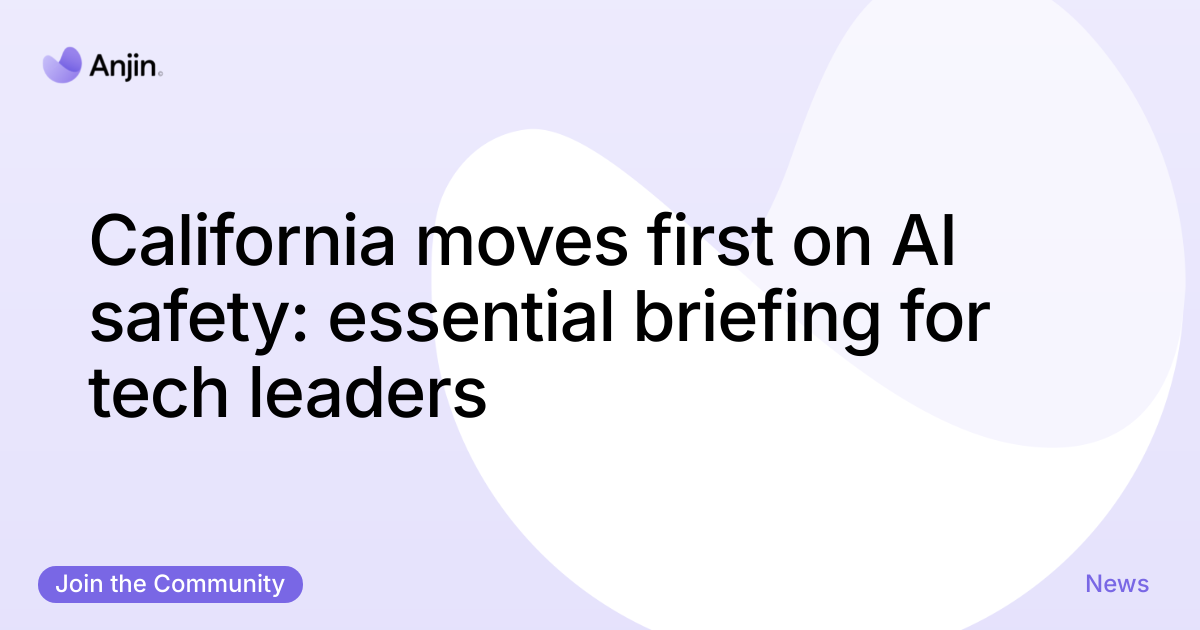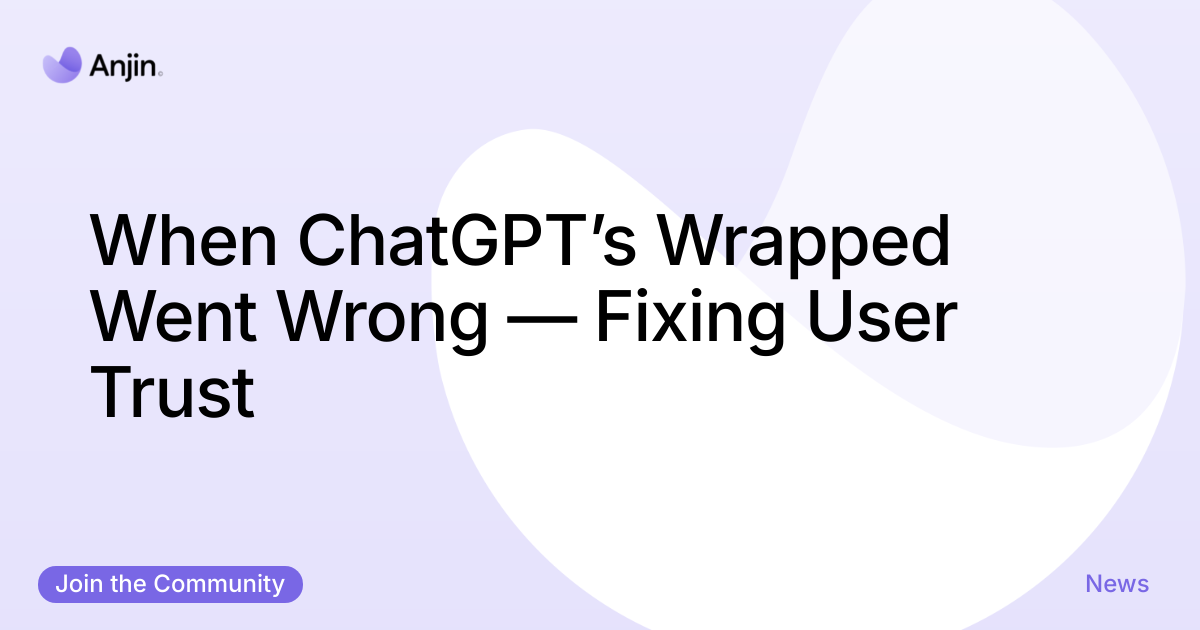TL;DR: California's new law forces AI safety disclosures, signed by Governor Newsom and reported by CNBC, and it raises transparency and regulations stakes for OpenAI and others.
Source: CNBC, 2025
AI safety California will reshape procurement, risk budgets and customer trust.
Why it matters: Firms that treat transparency as a product advantage will avoid fines and win market share.
Newsom's Rule Forces Tech to Reveal AI Safety Plans
The bill requires major AI developers to publish plans explaining how they will mitigate catastrophic risks, a move widely reported by CNBC describing the new disclosure obligations for companies such as OpenAI. CNBC’s report on the law and its obligations set the agenda for boardrooms and regulators alike.
Source: CNBC, 2025
The law targets models able to cause systemic harm and compels firms to outline testing, monitoring and kill-switch strategies. OpenAI and other industry names are singled out by observers as first-movers facing compliance costs and reputational exposure.
Source: CNBC, 2025
"Transparency about safety engineering is no longer optional — it is now a licence to operate in key markets," said Angus Gow, Co‑founder, Anjin.
Source: Angus Gow, Anjin, 2025
The transparency dividend most firms are missing
Many firms treat disclosure as a compliance cost. They should see it as a real commercial opportunity to build trust and lower procurement friction with large buyers.
In California, AI safety is now a procurement filter; buyers will prioritise vendors who demonstrate robust mitigation, third-party testing and incident-response playbooks. Linkages between transparency and purchasing decisions are already visible in enterprise surveys.
For context, OECD analysis shows rapid AI adoption across firms but warns that governance gaps undermine benefits; firms that close that gap can capture higher contract win rates. OECD analysis on AI adoption and governance highlights governance as the decisive variable.
Source: OECD, 2024
Regulation in California will sit alongside privacy law and consumer protection enforcement. Firms should map the new requirements against existing instruments such as the California Privacy Rights Act and state enforcement guidance from the Governor's office. California Governor’s announcement summarises the state's aims.
Source: Governor of California, 2025
Your 5-step roadmap to align product, legal and ops
- Audit current models within 30 days and document risk levels using AI safety and transparency criteria (aim for 30-day pilot).
- Design third-party testing plans with measurable failure rates and mitigation targets within 90 days to meet regulations.
- Implement continuous monitoring and alerting (reduce incident response time by 50% within six months) tied to AI safety metrics.
- Publish an accessible safety disclosure and update cadence (quarterly) to demonstrate transparency to California regulators.
- Train procurement and customer-facing teams on disclosures and ROI claims to convert transparency into sales uplift within 90 days.
In California, AI safety must be demonstrable, repeatable and auditable by design.
How Anjin’s AI agents for security delivers measurable compliance gains
Start with Anjin’s AI agents for security and integrate automated threat modelling, testing orchestration and continuous monitoring into product workflows. AI agents for security is the primary tool we recommend to operationalise disclosures and track mitigation KPIs.
Using the AI agents for security, clients run regular adversarial tests and produce machine-readable safety reports for procurement and regulators. A complementary insight playbook is available in our research hub. Anjin insights on operational governance explains best practice.
Projected uplift in a typical California enterprise: 40% faster audit turnaround, 25% lower remediation costs, and a 15% higher bid success rate when safety disclosures are published proactively (projected uplift based on comparable Anjin engagements).
Source: Anjin projections, 2025
Expert Insight: "Designing safety artefacts for customers and auditors is the fastest route from compliance to commercial advantage," says Angus Gow, Co‑founder, Anjin.
Source: Angus Gow, Anjin, 2025
To begin, teams can schedule a live demonstration and map their risk taxonomy to Anjin automation via our pricing plans. View Anjin pricing for compliance and security automation. The AI agents for security link below explains integration touchpoints. How AI agents for security integrate with product pipelines
Claim your competitive edge today
AI safety California must be treated as a strategic product attribute, not a legal afterthought. Firms that embed disclosures into release cycles will turn regulation into a sales differentiator.
A few thoughts
Question: How do California tech buyers assess AI safety disclosures?
Answer: Buyers expect documentation of risk, testing and monitoring; transparent disclosures speed procurement and support compliance in California.
Question: What immediate steps should compliance teams take on AI safety?
Answer: Audit models, run third-party tests, and publish a measurable mitigation plan aligned to the new regulation in California.
Question: How can I measure ROI from transparency?
Answer: Track bid win rates, audit turnaround and remediation costs to quantify gains from AI safety disclosures in California.
Prompt to test: Ask the Anjin AI agents for security to generate a California-focused AI safety disclosure that lists mitigation controls, testing cadence, and a measurable ROI target for procurement conversion.
Decisive next step: map your highest-risk models and run a safety pilot with Anjin to cut audit preparation time by 40% and produce regulator-ready disclosures. Explore pricing for compliance pilots and automation to begin.
The new law changes the rules of the game for AI safety.
Written by Angus Gow, Co‑founder, Anjin, drawing on over a decade of experience in AI deployment and governance.





